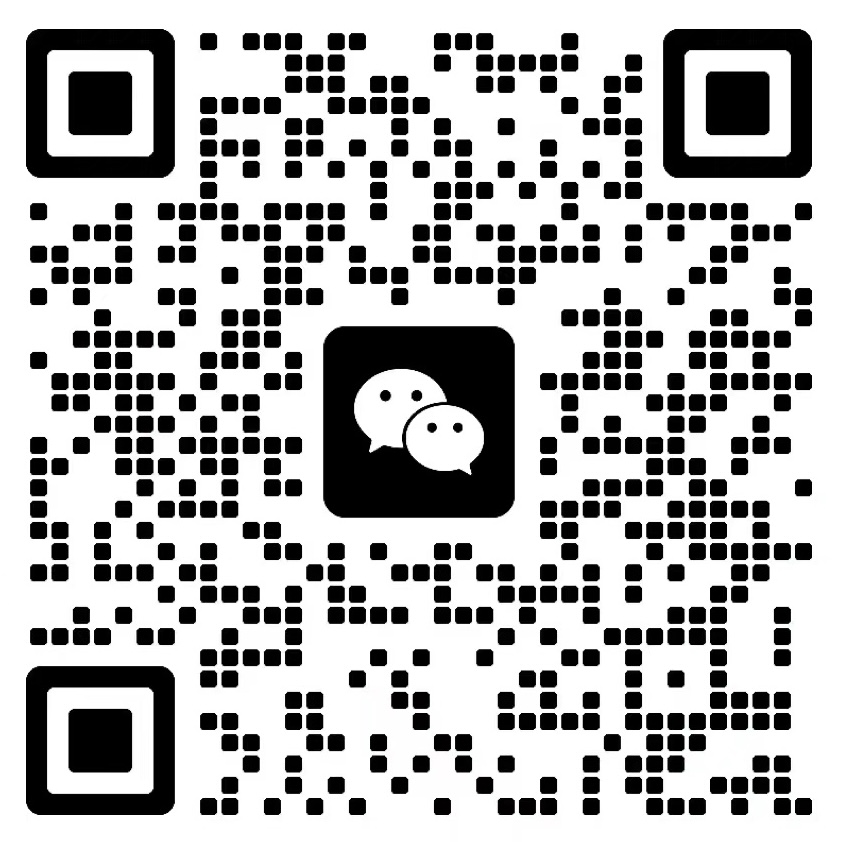- About Us
- One Stop Service
- Platform
In-Vitro
Molecular Assays
Cell-Based Functional Assays
In-Vivo
Pharmacology
Cancer PharmacologyInflammation Pharmacology - Join Us
- Contact Us
- Drug Discovery
- Molecular Assays
- Cell-Based Functional Assays
- Immune Functional Assays
- Tumor Pharmacology Platform
- Inflammation Pharmacology Platform
- In-Vitro ADME/DMPK
- In-Vitro Toxicology
- Pharmacology
- Cancer Pharmacology
- Inflammation Pharmacology
- In-Vivo ADME/DMPK
- In-Vivo Toxicology
- In-Vivo Pathology
- Clinical Laboratory
Nucleic Acid Analysis
RT-qPCR
RT qPCR was developed from ordinary PCR technology. It adds fluorescent chemicals (fluorescent dyes or fluorescent probes) to the traditional PCR reaction system and detects the changes of fluorescent signals during PCR annealing and extension in real time according to their different luminescence mechanisms to calculate the changes of products in each cycle of PCR. At present, the most common methods are the fluorescent dye method and the probe method.

Fluorescent Dye Method
Some fluorescent dyes, such as SYBR Green I, PicoGreen, Bebo, etc., do not emit light by themselves, but will emit fluorescence after binding to the small groove of dsDNA. Therefore, at the beginning of the PCR reaction, the machine cannot detect the fluorescence signal. When the reaction proceeds to the annealing extension (two-step) or extension stage (three-step), the double strand is opened and the new strand is synthesized under the action of DNA polymerase. The fluorescent molecules bind to the small groove of dsDNA and emit fluorescence. With the increase in the number of PCR cycles, more and more dyes bind to dsDNA, and the fluorescence signal is constantly enhanced.
Probe Method
The TaqMan probe is the most commonly used hydrolysis probe. There is a fluorescent group at the 5' end of the probe, usually fam. The probe itself is a sequence complementary to the target gene, and there is a fluorescence quenching group at the 3' end of the probe. According to the principle of fluorescence resonance energy transfer (FRET), when the excitation spectra of the reporting fluorescent group (donor fluorescent molecule) and the quenching fluorescent group (receptor fluorescent molecule) overlap and are close (7–10 nm), the excitation of the donor molecule can induce the fluorescence of the receptor molecule while the autofluorescence is weakened. Therefore, at the beginning of the PCR reaction, when the probe is free in the system and exists completely, the reporting fluorophore will not emit fluorescence. When annealing, the primer and probe are combined with the template. In the extension stage, the polymerase continues to synthesize new chains. Because the DNA polymerase has 5'-3' exonuclease activity, when it reaches the probe, the DNA polymerase will hydrolyze the probe from the template and separate the reporting fluorophore and quenching fluorophore, releasing fluorescent signal. Due to the one-to-one relationship between the probe and the template, the probe method is better than the dye method in terms of test accuracy and sensitivity.

Shanghai Novopathway Biotechnology
Building No.5, East Huaxia Road No.333, Pudong New Area, Shanghai
BD Cooperation Email: BD@novopathway.com Tel: 021-5838 0618-501
Join Us Email: HR@novopathway.com Tel: 021-5838 0356

Beijing Sun-Novo Pharmaceutical Research
Building No.7, West Shuangying Road No.79 , Changping Area, Beijing
Website: http://www.sun-novo.com




